Noorani Qaida
Original price was: $8,00.$6,00Current price is: $6,00.
The Noorani Qaida (Qaida Nuraniyah) is a must-have for any Muslim starting to learn how to read the Quran. Noorani Qaida is a carefully designed system that teaches you the proper way to pronounce Arabic letters and words. And this is the essence of Tajweed.
Here at Quranica, we’re honored to guide you on this blessed path, offering a step-by-step approach to learning Quranic recitation using the Noorani Qaida method.
Qaida for beginners begins with the Arabic alphabet and proper pronunciation, then moves to letter joining, vowel markings (Harakat), and advanced topics like Tanween, Madd letters, and Sukoon.
About The Quranica’s Noorani Qaida Course
This Noorani Qaida online course takes you on a learning path, starting with the individual Arabic letters and how they’re pronounced.
Noorani Qaida for beginners really emphasizes getting those unique Arabic sounds right, the ones that are foreign to English speakers. Arabic Noorani Qaida provides clear guidance so you can nail the Arabic pronunciation, which is key to understanding and reading the Quran correctly.
Then, the Noorani Qaida course shows you how these letters link up to make words, explaining how their forms shift depending on their place in the Arabic word.
In this Quran Noorani Qaida program, you’ll also explore the essential vowel markings (Harakat) and how they affect the sound. As you progress, you’ll delve into more advanced areas like Tanween, the art of lengthening vowels (Madd letters), and the concept of Sukoon (when a vowel sound is absent).

Level 1 - Learning the Fundamentals of Noorani Qaida
This level focuses on the very foundation of the Arabic reading: recognizing and pronouncing hte individual Arabic letters. A solid understanding of these basics is crucial for building future Arabic reading skills.
Recognizing and Pronouncing Arabic Letters
We begin Nooranii Qaida with the 28 letters of Arabic alphabet, focusing on their unique shape and sound. Some sounds, like the ‘ayn (ع) or ghayn (غ), don’t exist in English, and we’ll guide you on how to pronounce them correctly. And mastering these Arabic letters is the first step to reading the Quran.
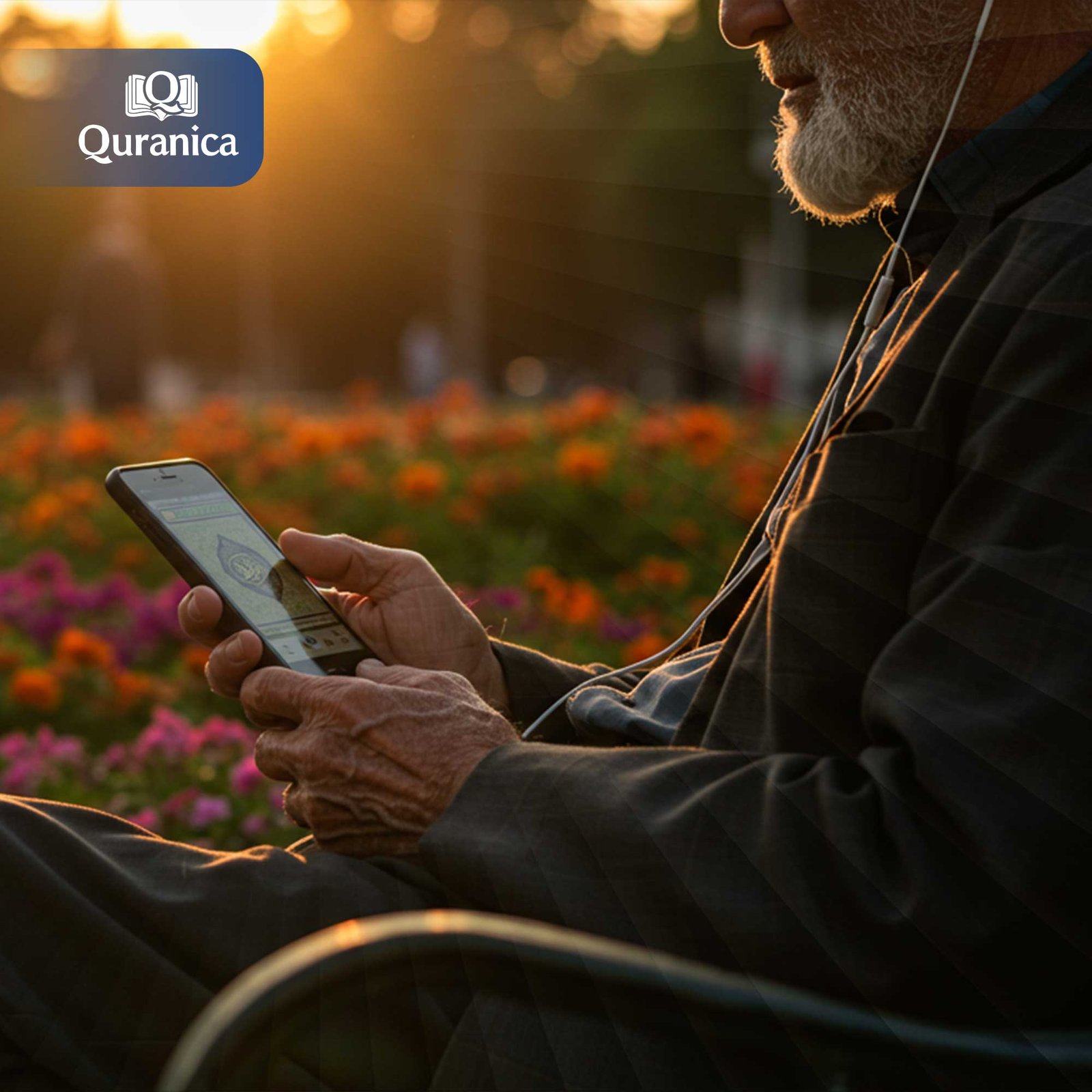
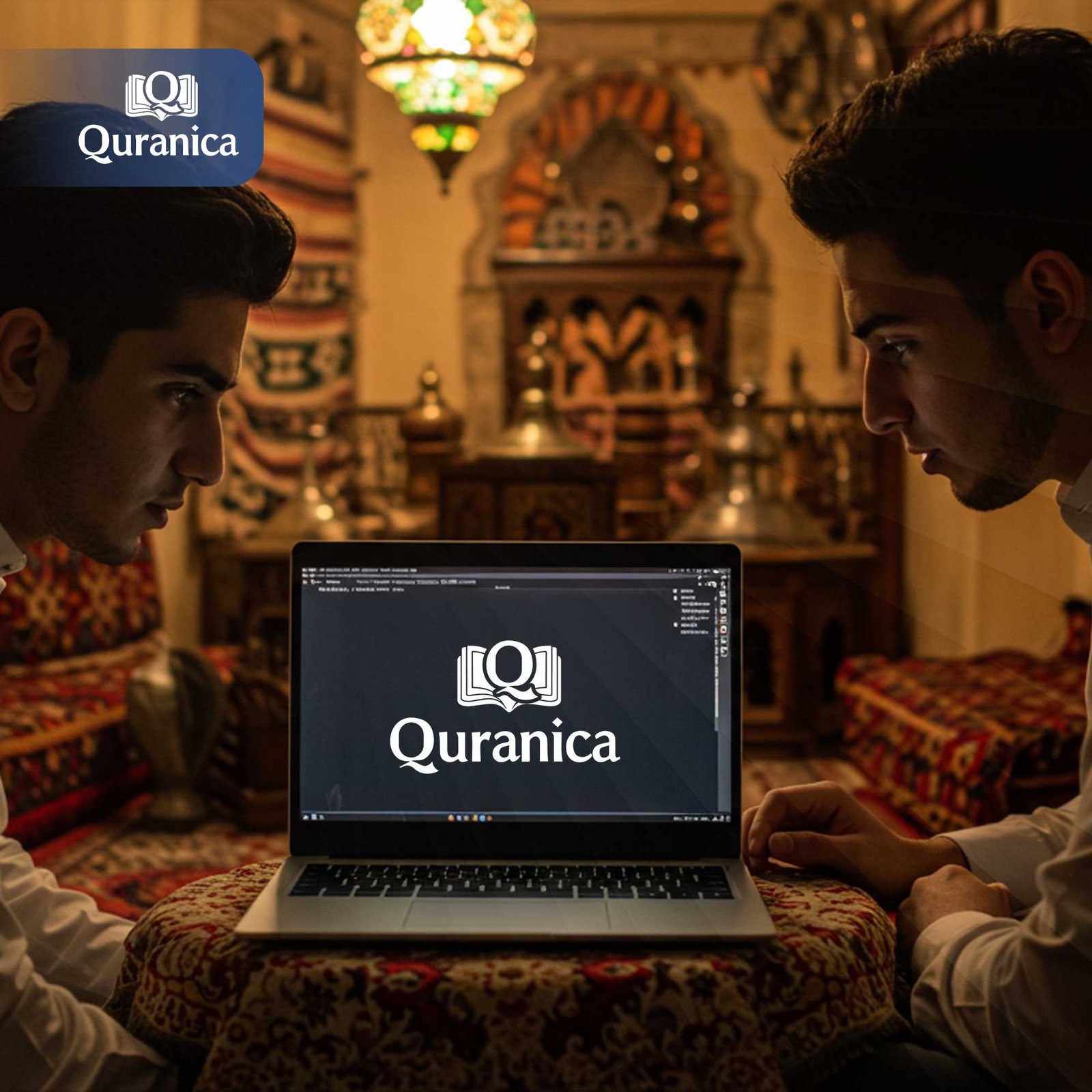
Joining Arabic Letters
Once you get the hang of the individual letters, the next thing to learn in Noorani Qaida is how to join them up to make Arabic words. Arabic letters change shape depending on their position in the word. We’ll guide you through these changes, ensuring you understand how to read connected letters effortlessly.
Learning The Arabic Movements (Harakat)
We’ll teach you the three main Harakat: Fatha (a), Kasra (i), and Damma (u). These small symbols above or below the letters completely change the sound. For example, the letter “ج” (jim) becomes “جَ” (ja), “جِ” (ji), and “جُ” (ju) with the different Harakat. This is similar to how adding different vowels to the English letter “j” changes its sound in words like “jam,” “jit,” and “jut.”

Level 2 - Getting Better at Arabic Pronunciation with Noorani Qaida
Now that you have a good grasp of the basics with Noorani Qaida, we’ll move on to slightly more advanced concepts in Arabic pronunciation.
Learning The Nunnation (Tanween)
Tanween adds an “n” sound to the end of a word. We’ll cover the three types with Noorani Qaida: Fathatayn (an), Kasratayn (in), and Dammatayn (un). For example, “قرآنٌ” (Quranun).
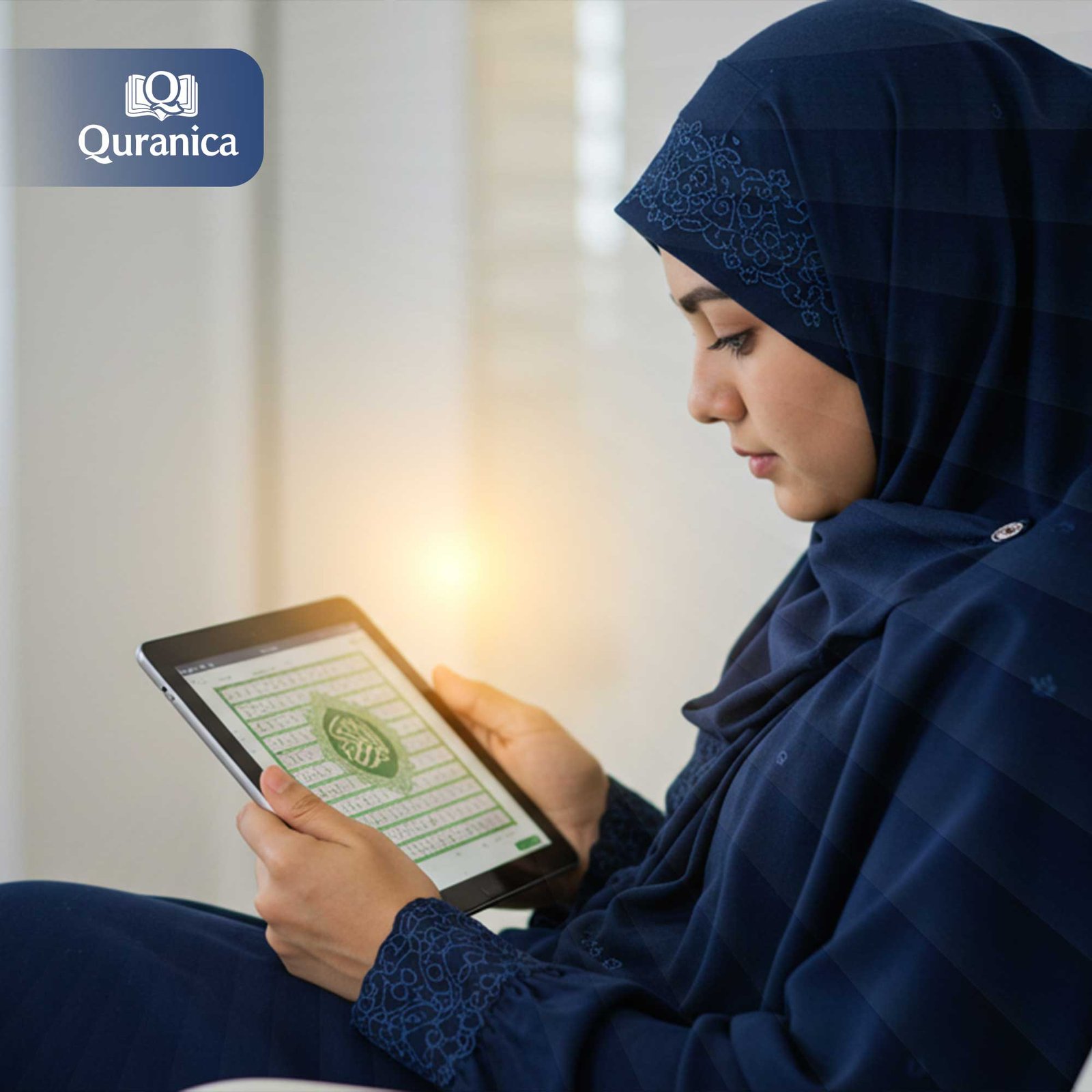

Lengthening the Vowels (Madd Letters)
At this point at Noorani Qaida we encounter the long vowels – Alif (aa), Waw (oo), and Yaa (ee). These letters stretch the sound, adding a beautiful resonance to your Quran recitation, just like in “جاء” where the Alif lengthens the “a” sound.
Learning the Sakoon and Jazm
This section introduces Sukoon. Sukoon indicates the absence of a vowel sound. It’s represented by a small circle above the letter. For example, in the word “مِنْ” (min), the “ن” (noon) has a Sukoon.
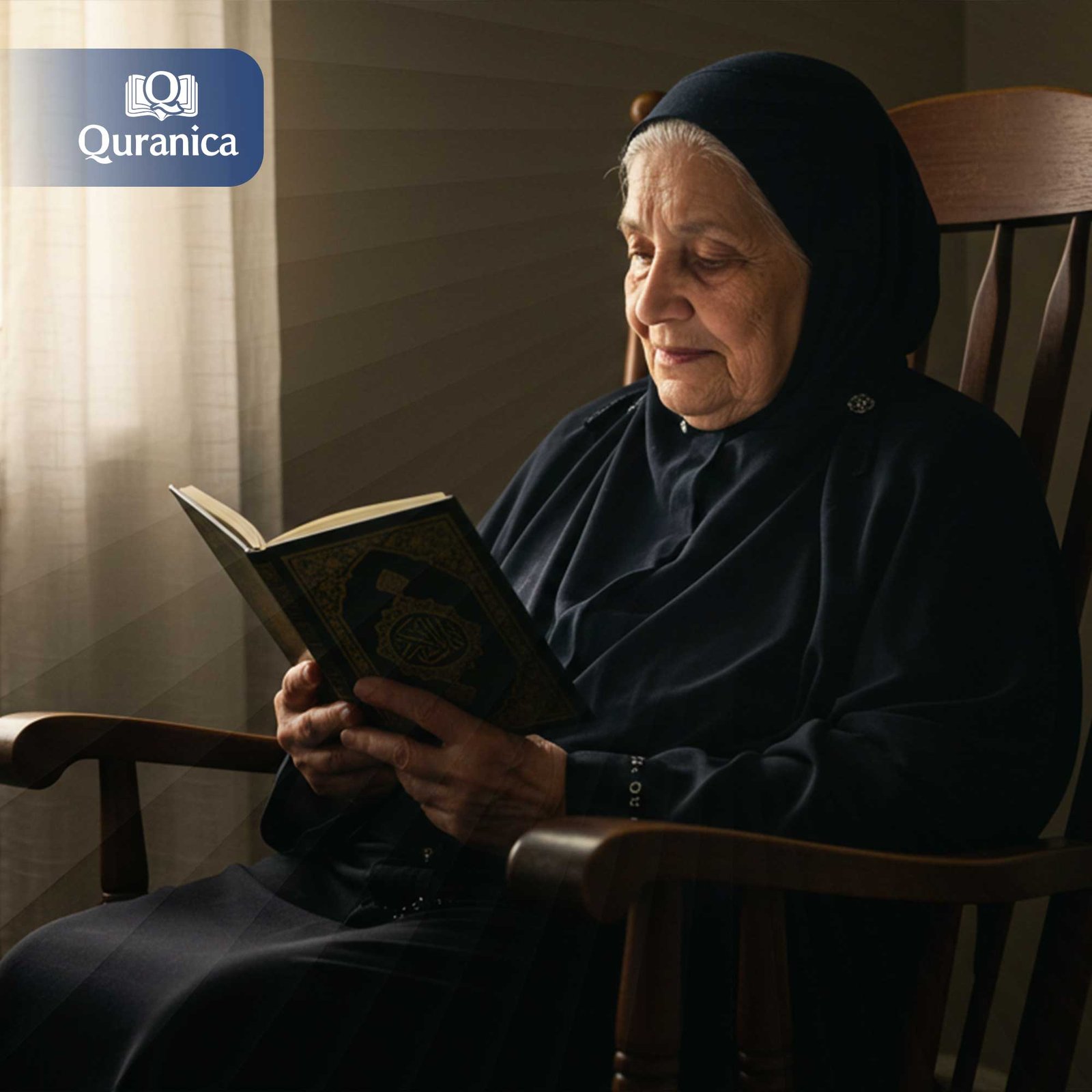
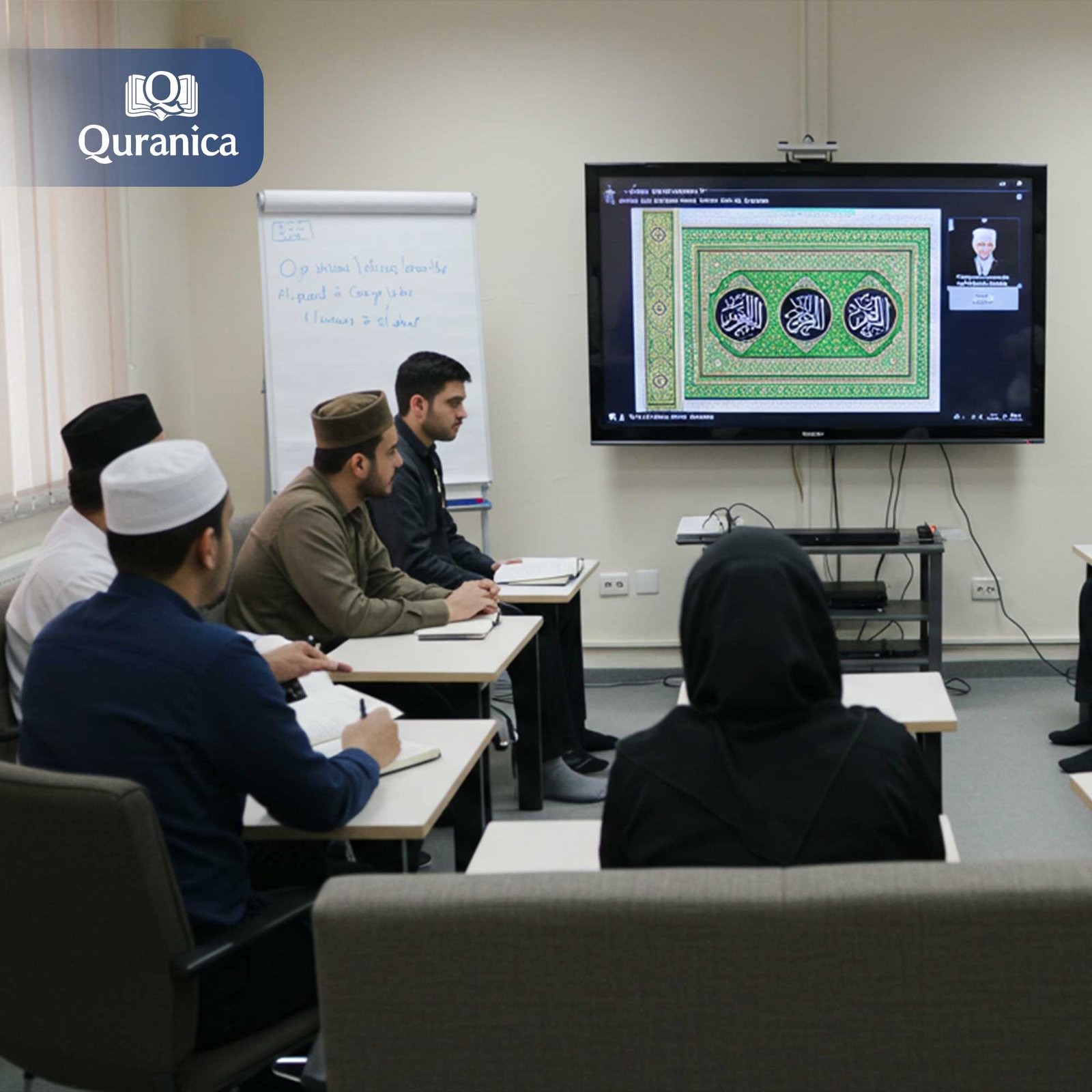
Learning Tashdeed: Doubling the Consonant
This is where we emphasize a letter by doubling its sound. It adds strength and emphasis to the word, like in “إِنَّ” (indeed – inna), where the Noon is doubled. This is frequently encountered in the Quran, such as in “الرَّحْمَـٰن” (The Most Merciful) – a name of Allah.
Exploring Advanced Tashdeed Combinations in Noorani Qaida
We will delve into the less frequent, yet important, combinations of Tashdeed with Sukoon, Tashdeed with another Tashdeed, and Tashdeed with Madd letters. These rules will not only add precision but also enhance the beauty of your Quran recitation.

Level 3 - Noorani Qaida with Tajweed
This level in Noorani Qaida introduces Tajweed concepts like Noon Sakinah & Tanween Rules, which are crucial for accurate Quran recitation.
Practical Application and Tajweed Introduction with Noorani Qaida
This final step bridges the gap between Noorani Qaida and basic Tajweed rules, preparing you for further Quranic studies. This is where you begin to understand the deeper nuances of Quranic recitation.
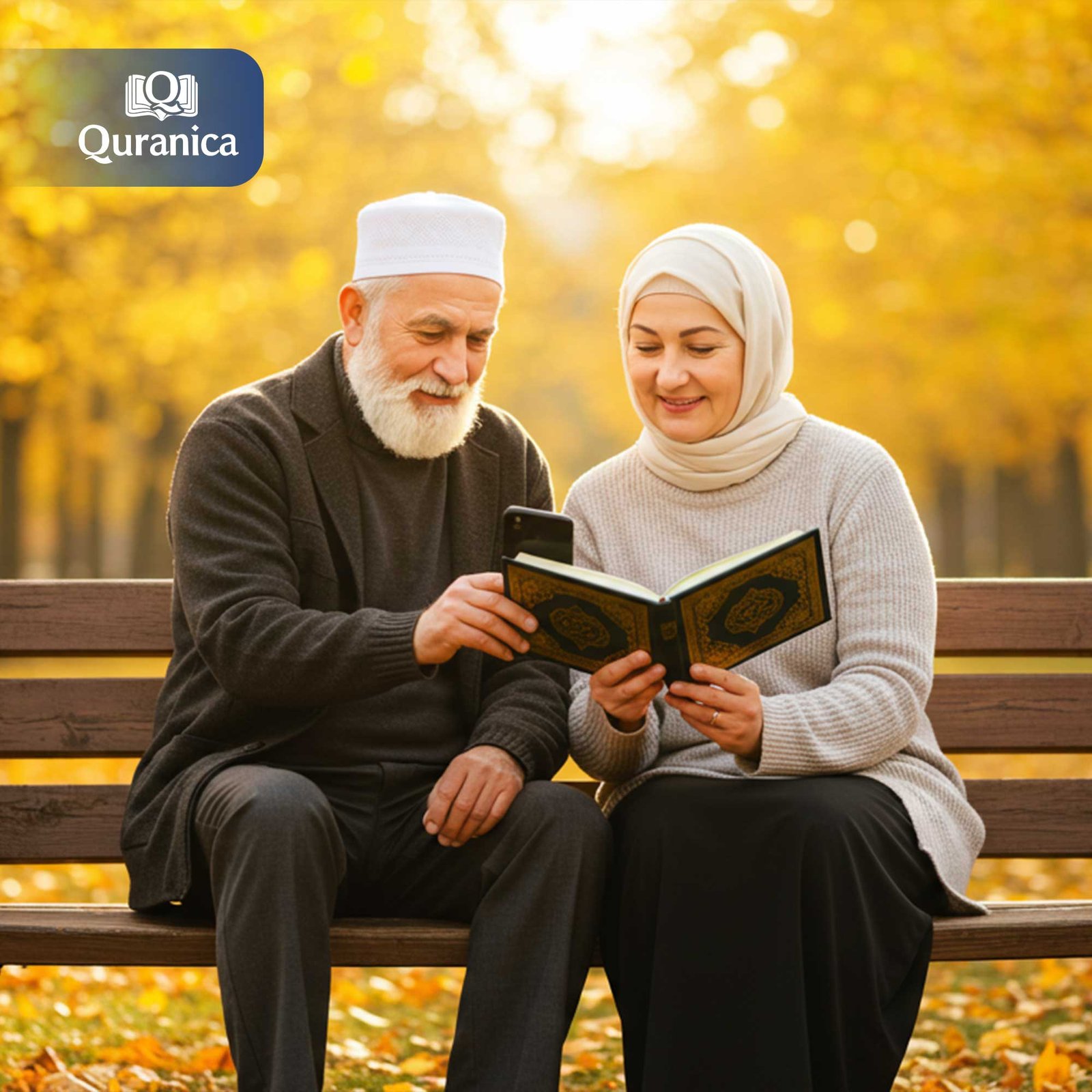

The Rules of Noon Sakinah and Tanween with Noorani Qaida
Now, we delve into Tajweed. We’ll learn the four essential rules of Noon Sakinah and Tanween: Idgham (merging), Ikhfaa (hiding), Idhhar (clear), and Iqlab (changing). Mastering these is crucial for reciting the Quran with the correct intonation and rhythm.
Meet the Teachers of Your Noorani Qaida Course
Each and every one of our teachers is a native Arabic speaker who has memorized the entire Quran (Huffaz) and holds an Ijazah. This certification is a testament to their mastery of Tajweed and their ability to pass that knowledge on to others.
They’ll make sure you master every rule within the Noorani Qaida. And because they have a lot of experience teaching non-Arabs, they understand the particular challenges you might face when learning Arabic.

Muhammad Yaser
Native Arabic Speaker for All Learners
Authentic Language Learning with a Native Speaker: Muhammad Yaser offers unmatched expertise as an online Arabic tutor, providing students with authentic exposure to native-level Arabic. His deep understanding of language subtleties makes mastering conversational Arabic easier and more natural.
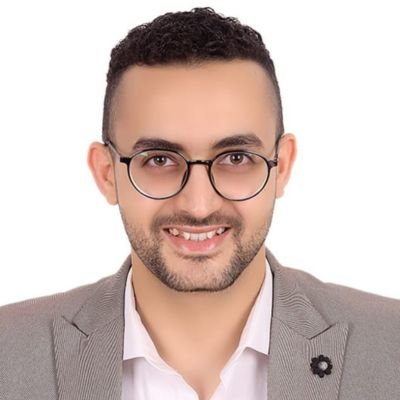
Muhammad Saad
Your Expert Tajweed Teacher for Practical Fluency
Certified Tajweed Teacher and Quran Specialist: Muhammad Saad is a dedicated Tajweed teacher with a strong academic background from Al-Azhar University. His expertise lies in teaching Tajweed rules with precision and clarity, ensuring students master Quranic recitation.

Mohamed Gamal
Your Trusted Online Tajweed Teacher
Comprehensive Tajweed Teaching for All Levels: Mohamed is skilled in teaching Tajweed from beginner to advanced levels, ensuring that students gain proficiency in reading, writing, and speaking Arabic with the correct Quranic recitation. His lessons focus on accurate Tajweed and spiritual understanding, making him the perfect Tajweed teacher for those seeking both fluency and deep knowledge of the Quran.
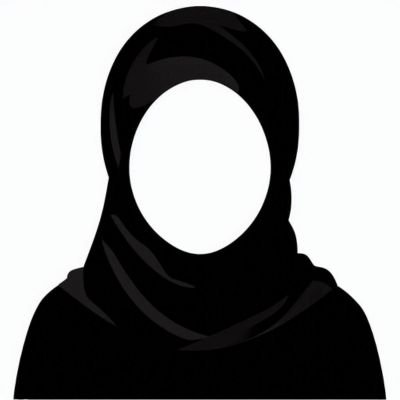
Salma Sayed
Expert Arabic and Quran Tutor for Children
Specialist in Tajweed Rules for Young Learners: Salma excels in teaching children how to recite the Quran correctly by mastering the rules of Tajweed. Her detailed yet simple teaching approach empowers learners to develop strong and beautiful recitation skills.
Why Choose This Learn Noorani Qaida Course From Quranica?
We don’t just teach you how to read; we help you get how the Arabic language works so you can connect more deeply with the Quran. We focus on building a strong Arabic pronunciation foundation, ensuring that you can confidently progress to reading the Quran with proper Tajweed.
Experienced Native Arabic-Speaking Teachers
Learning from native speakers is crucial for mastering the correct pronunciation of Arabic letters and words.
The Quranica Noorani Qaida Method
Our step-by-step method for Noorani Qaida breaks down complex concepts, ensuring a smooth learning experience from individual sounds to connecting letters.
Connecting the Noorani Qaida to the Quran
From the early stages of learning the Noorani Qaida, we introduce simple Quranic words and verses. This helps you connect what you’re learning to the actual text of the Quran, making the learning process more meaningful and motivating.
Laying the Groundwork for Tajweed from the Beginning
Our Learn Noorani Qaida course isn’t just about reading; it’s about preparing you for proper Tajweed (rules of recitation). This early introduction to Tajweed makes the transition to learning full Tajweed rules much smoother later on.
Personalized Noorani Qaida Progress Tracking
We monitor your progress closely, providing regular feedback and support. We identify your strengths and areas for improvement, tailoring our teaching approach to maximize your learning potential.
Interactive Exercises Designed for Noorani Qaida
Our lessons use visual aids and interactive exercises to make learning Noorani Qaida engaging.
Start Learning Noorani Qaida Now With Quranica!
Our Noorani Qaida course is your go-to for starting learning how to recite accurately and connect with the words of Allah (SWT).
We’ve got experienced native Arab teachers, personalized learning plans, and a focus on Tajweed to help you every step of the way.
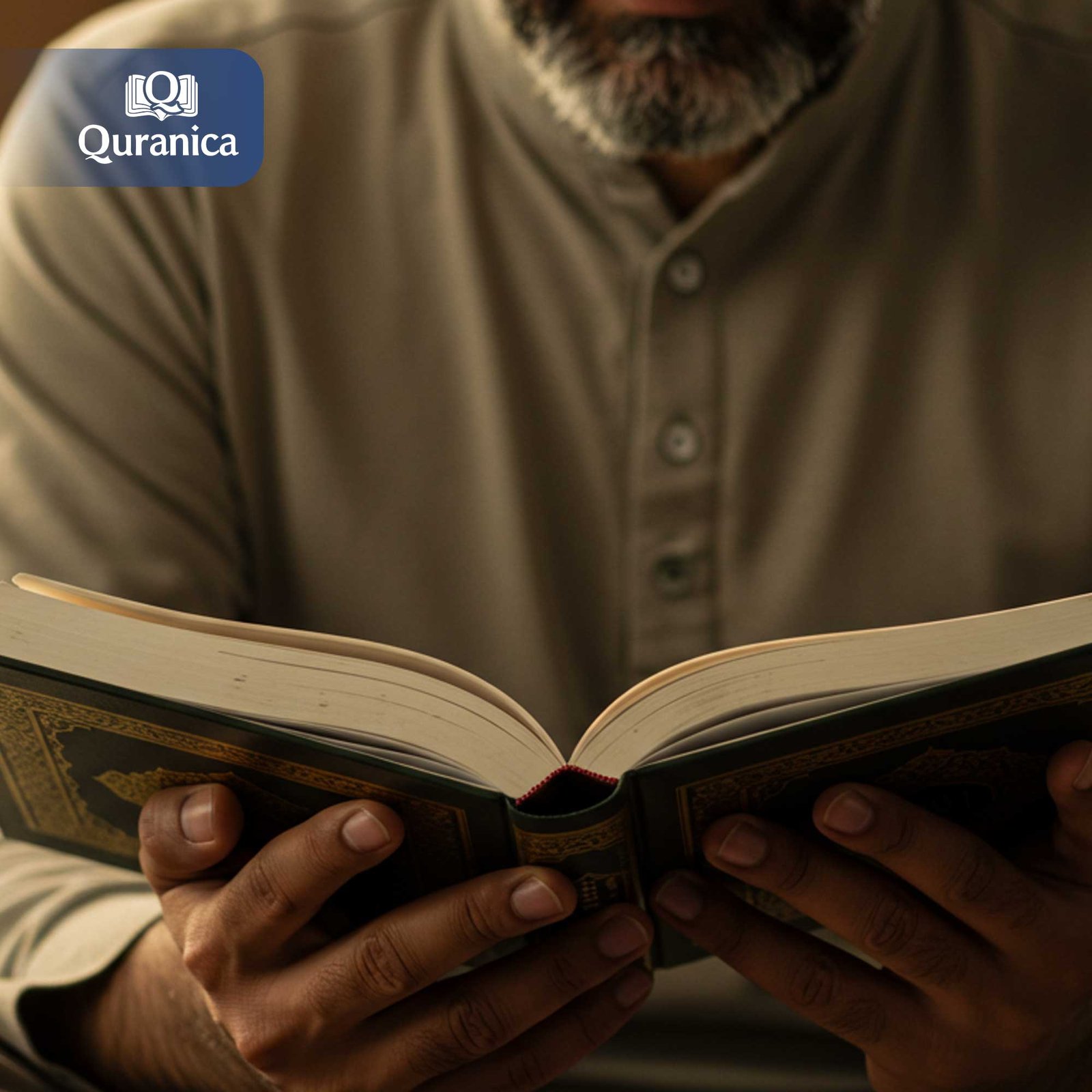
Common Questions
What is the difference between Noorani Qaida and Tajweed?
Noorani Qaida is the foundation upon which the more advanced Tajweed is built. Noorani Qaida focuses on the basics of reading Arabic, including letter recognition and pronunciation. Tajweed covers the rules of Quran recitation, including proper pronunciation, pauses, and intonation.
Is prior knowledge of Arabic required to start the Noorani Qaida course?
No prior knowledge of Arabic is required to start the Noorani Qaida course. Our Noorani Qaida course is designed for complete beginners, starting with the basics of the Arabic alphabet. We will guide you through each step, ensuring a smooth and effective learning experience.
What age is appropriate for learning Noorani Qaida?
Noorani Qaida can be learned by anyone, regardless of age. We have students of all ages, from young children to adults. Our teachers are experienced in adapting their teaching methods to suit different age groups and learning styles.
What happens after I complete the Learn Noorani Qaida course?
After completing the Noorani Qaida course, you will be able to read the Quran with basic fluency. You can then progress to our more advanced Tajweed course to further refine your recitation and understanding of the Quranic rules.
What if I miss a Noorani Qaida class?
We offer flexible scheduling and rescheduling.

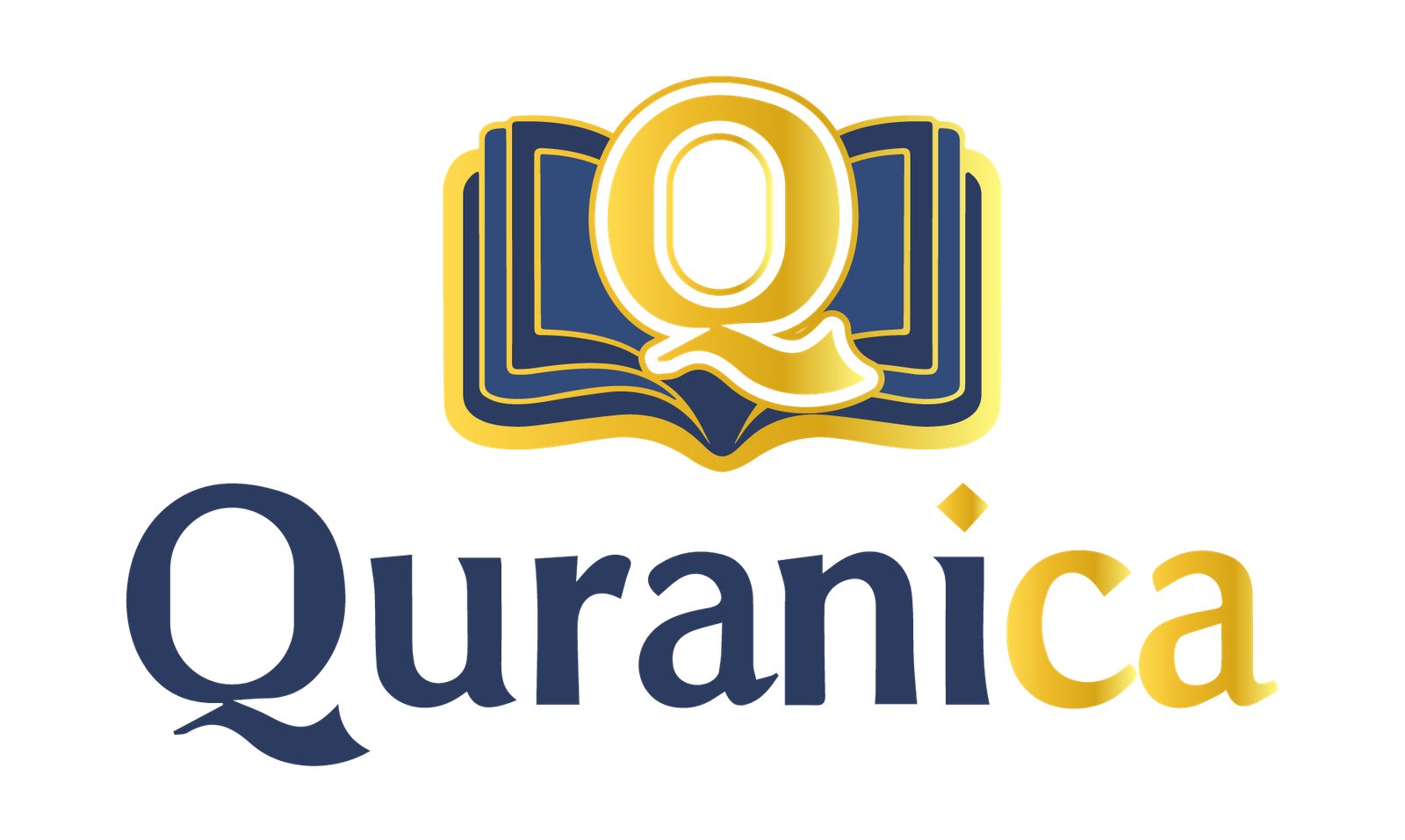

Reviews